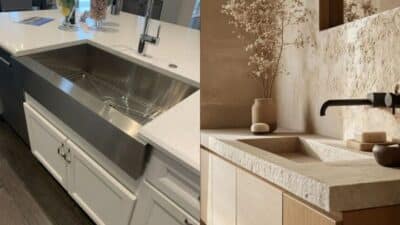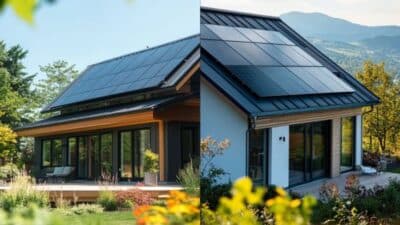Good design is not about statements or trends. It’s robust in the understated things that hold it all together, the type of joinery, how metal is worked, the way materials are considered carefully. They’re discreet choices, made intentionally. They’re effortless to overlook, but they set the stage for the way something will wear, feel in its use, and function after years, not seasons. That’s where solid design begins.
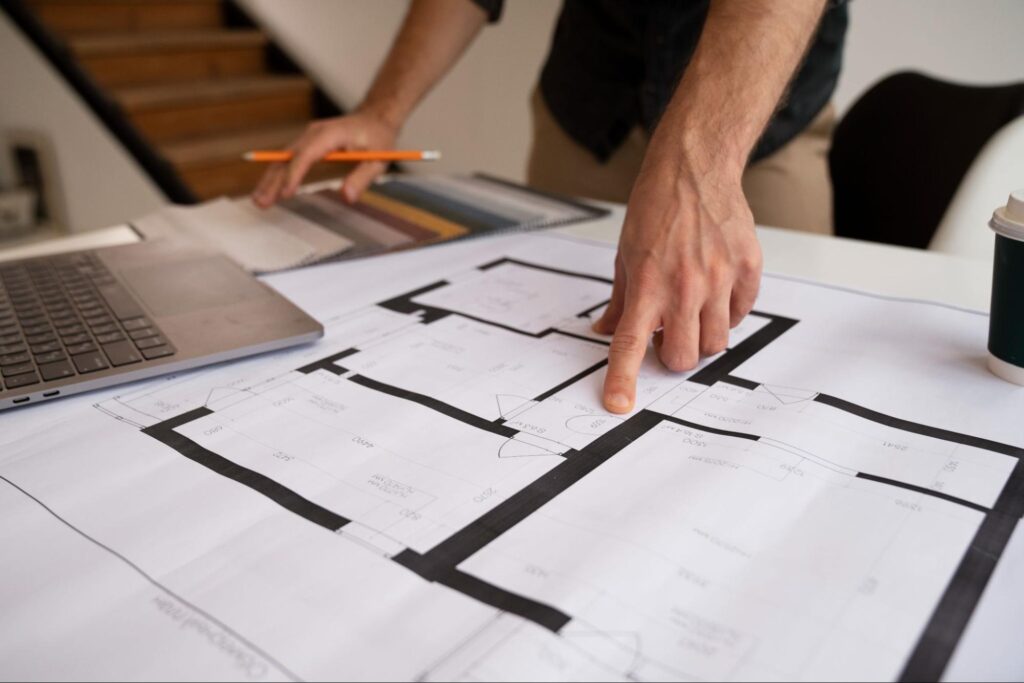
Why Longevity Matters in Custom Work
Design is not just what looks good at the time. When something is made to last, it has more than looks—it has purpose. Long-term durability in custom work is a respect for the materials, process, and the users of the item on a daily basis. A well-made object doesn’t need to be replaced after a season or two. Instead, it evolves, holds up, and becomes a part of its context.
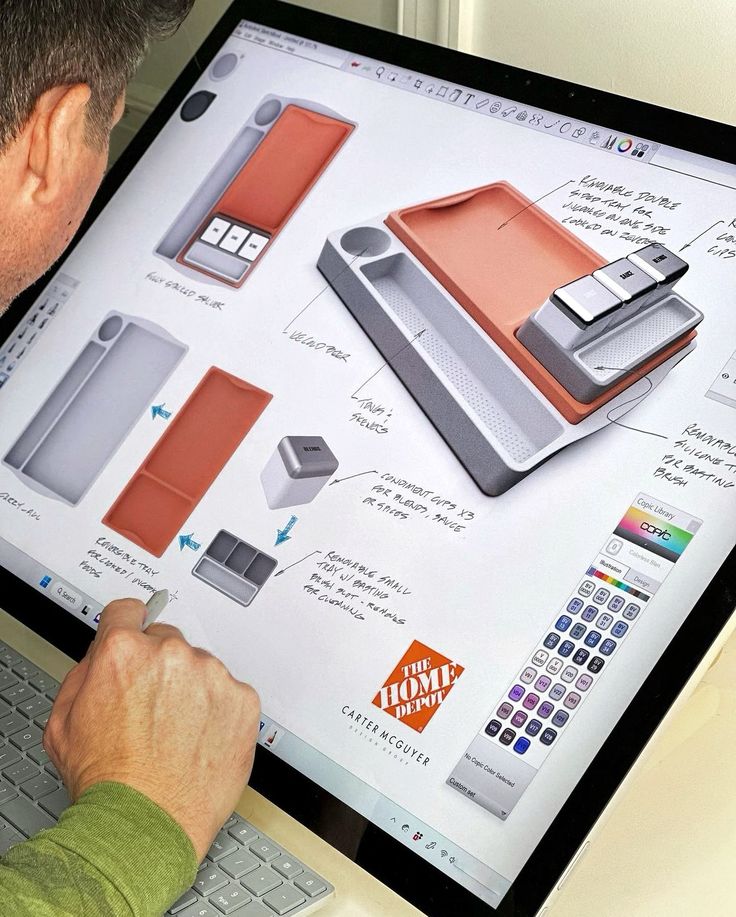
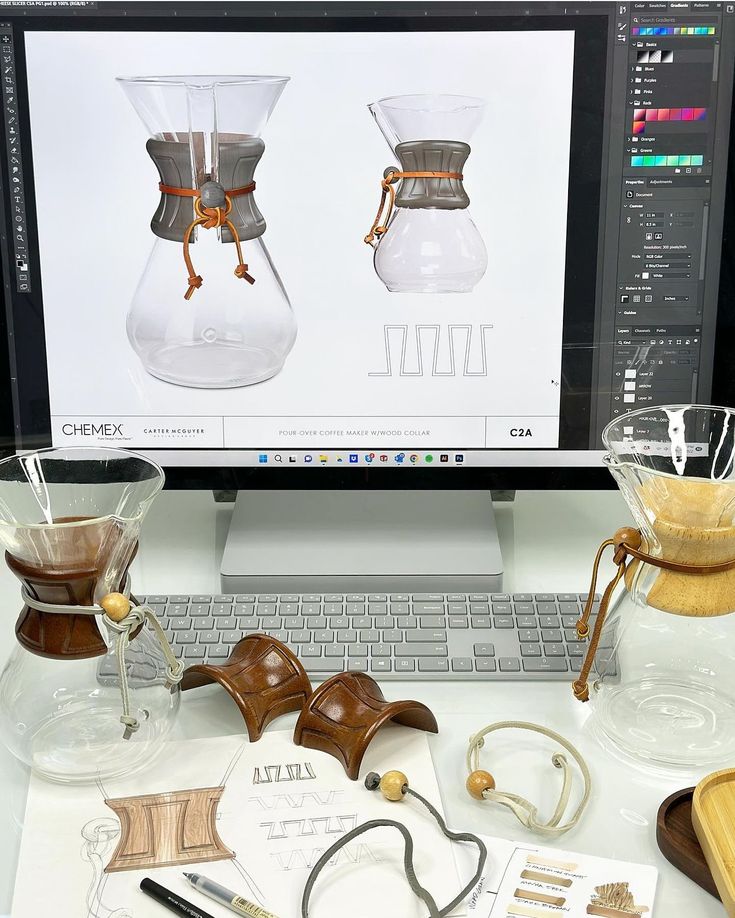
Consumers may first be interested in color, size, or texture but end up preferring how well something lasts. Such value doesn’t happen by accident. It’s cultivated through deliberate choice of long-term longevity without compromising on design.
It’s for these reasons longevity needs to be taken into account when engaging in custom work:
- Impact on the environment: Less replacement means less wastage and reduced use of resources.
- Cost over time: Investing in one good piece is often less costly than purchasing a cheaper alternative every few years.
- Emotional connection: Things that last become embedded in habits and memory, and carry personal meaning.
- Functional consistency: Timeless design maintains its shape, comfort, and function with normal wear.
How Small Decisions Lead to Lasting Strength
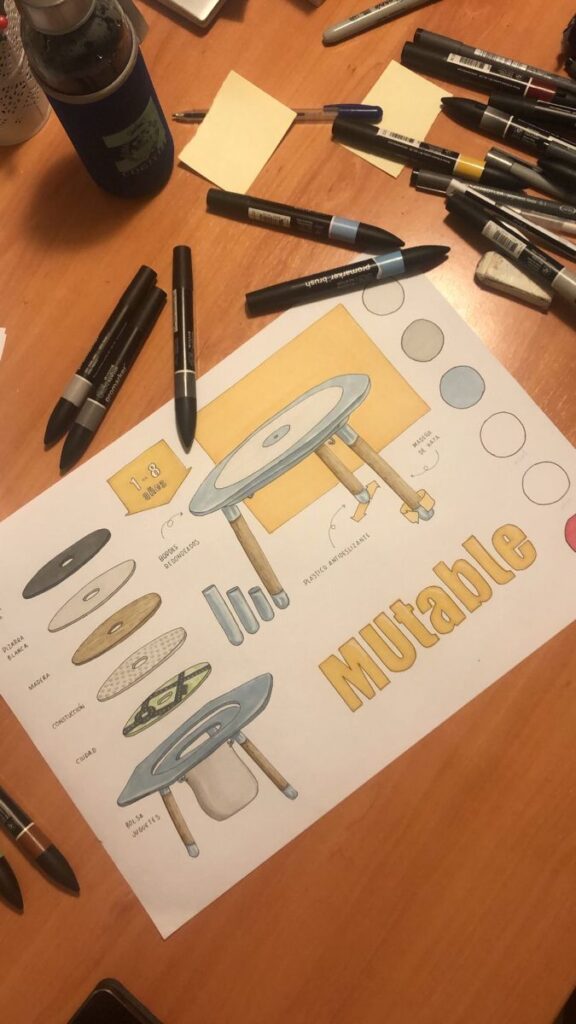
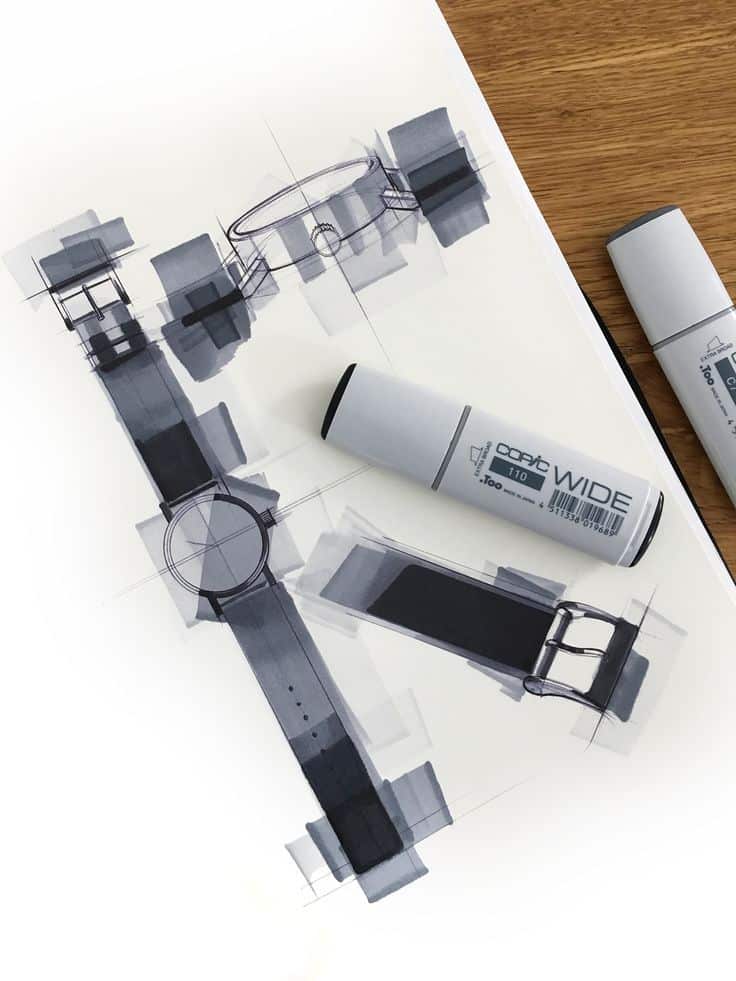
In custom fabrication, appearance matters, but value lies in durability. The strength of a design often is based on choices that aren’t always obvious. They involve choices about how materials are set up, assembled, and reinforced to hold their form decades after they have been put to use. If the end result is apparently unadorned, it is nonetheless supported by technical care exercised at each level.
For metal-created parts, the manner in which a piece holds up over time plays a great part with the process of preparation. One of the most reliable methods for delivering that improved performance is via heat treatment services. That treatment allows for the strengthening of specific areas on a metal part without altering its overall form or appearance. When used in furniture frames, support brackets, or hardware that is subjected to frequent stress, this treatment prevents wear and long-term failure.
Other discreet alternatives that improve integrity include:
- Using hardwoods resistant to movement and changes in moisture
- Utilizing joints that allow natural materials to conform to changing conditions
- Enhancing load-bearing areas with concealed support systems
- Using finishes that protect without sealing too tightly
Honoring Natural Materials with Intelligent Design

Nature materials have personality that can’t be replicated. Wood seasons. Stone retains traces of the earth it was taken from. Metal flexes to heat, touch, and time. In bespoke design, it’s not about honoring these traits—it’s about cooperating with their tendencies and limitations. Ignoring those patterns produces warping, cracking, or mechanical stress. Honoring them creates work that grows old, not decays.
Designers who are concerned with longevity don’t need natural materials to imitate plastics or composites. Instead, they design according to what the material does most easily. They consider movement, weight, finish, and material interaction. These are not limitations—they are design principles.
Some of the ways that smart design is adaptable to natural materials are:
- Graining wood to run in stress points so that it will neither split nor twist
- Allowing room for seasonal expansion in panels, drawer bottoms, or table tops
- Choosing finishes that allow surfaces to breathe rather than enclosing them
- Avoiding close mechanical fasteners that restrict movement in organic material
- Using mortise and tenon joints or floating designs for strength and mobility
- Blending materials with similar movement rates to avoid stress at connection points
Craftsmanship That Speaks Quietly but Lasts Loudly
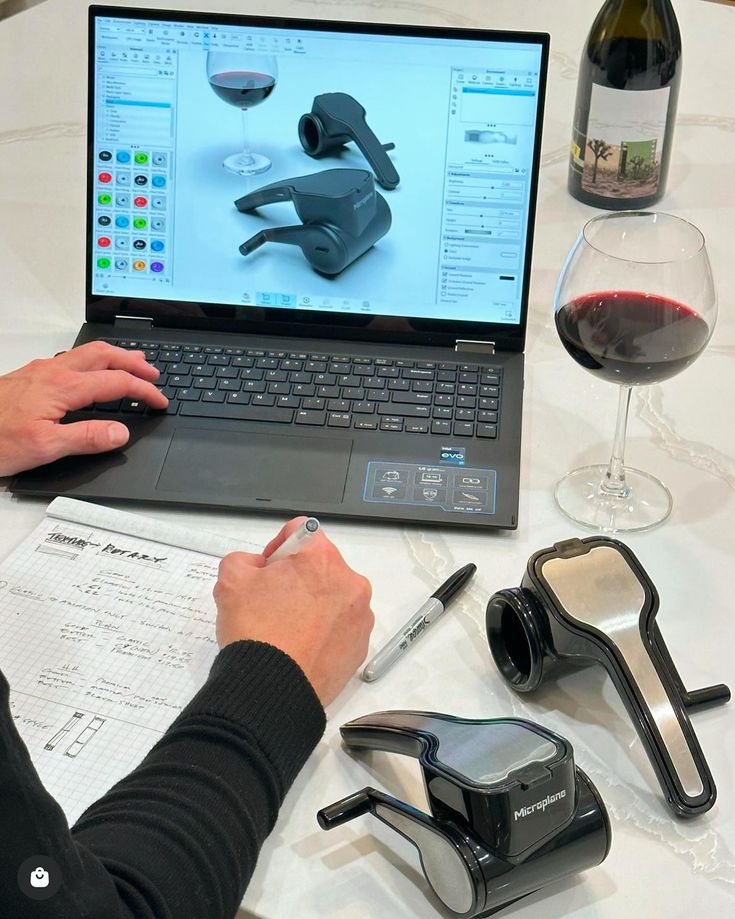
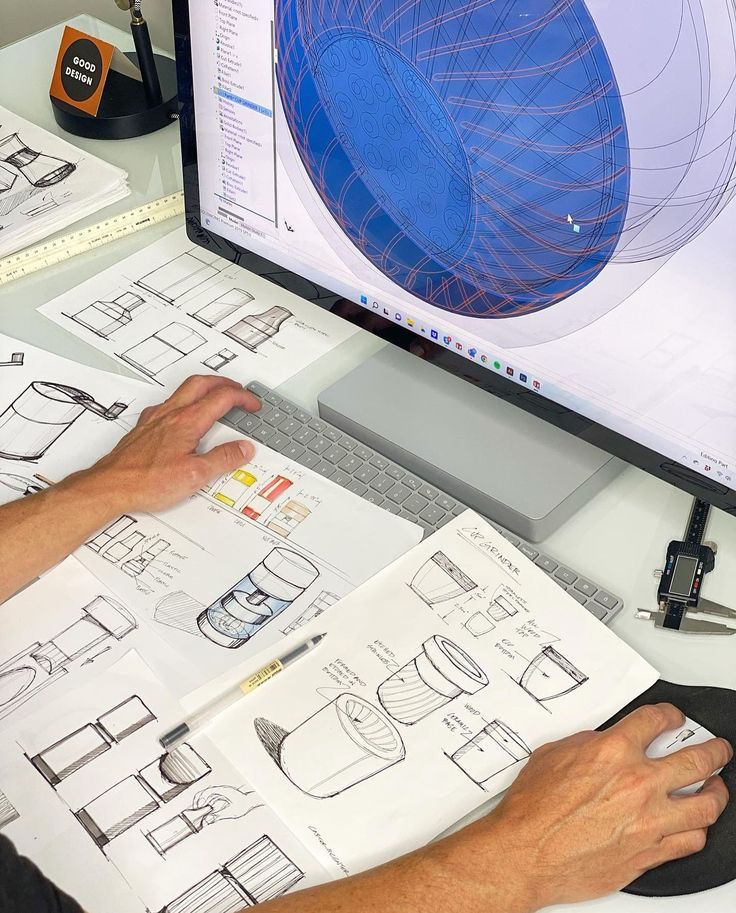
True craftsmanship does not need to make a great song and dance about itself. It is not to be found in mere empty ornament or garish complication but in the discreet certainty of well-executed detail. A smooth-gliding joint that neither moves nor binds, a finish that wears well, or smoothly working hardware year after year—these are indications of work put together with consideration and not speed.
In custom design, the most extreme claims come from the tiniest decisions. The way a surface is prepared before it’s finished, the exact spot where a screw goes, or whether to sand manually or machine—these all matter. They will never be seen in pictures, but they’re felt in use.
Designers who work on long-term projects pose a few more questions before deciding: Is this component going to wear evenly? Is this material right for its purpose? What will it be like in five years of service?
Some subtle signs of long-term building include:
- Accurate alignment between components that resists movement over time
- Edges finished by hand to help avoid splintering and wear
- Joinery selected for stress points rather than ease of assembly
- Fasteners chosen for longevity over convenience
Conclusion
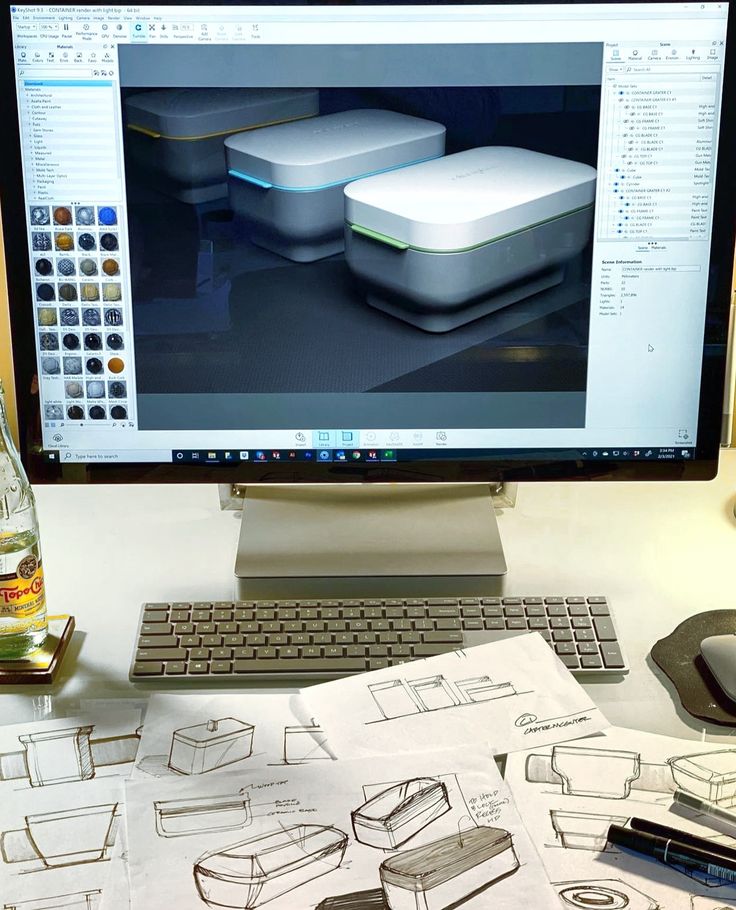
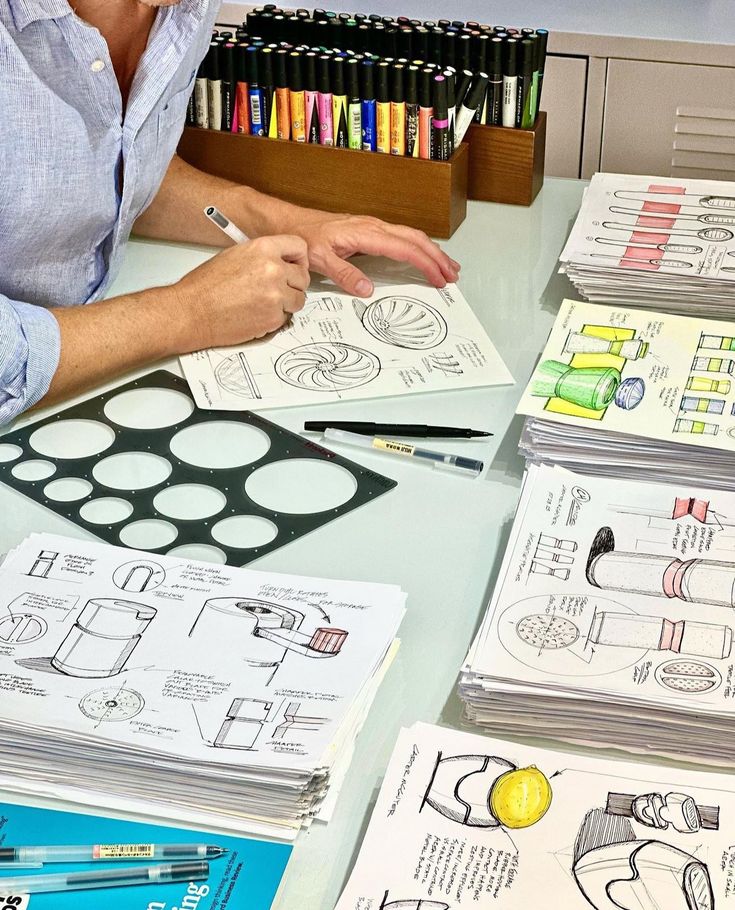
Longevity in design isn’t a product of trends or bold statements. It’s the product of low-key, considerate choices such as how things are made, how pieces relate, and how every part functions for the whole. When thought is given to what will endure beneath the surface, the outcome is a piece that deserves its place over time. These are the types of choices that don’t seek to be noticed but build trust. And ultimately, that is what lasting design is actually built of.
- 438shares
- Facebook0
- Pinterest438
- Twitter0


